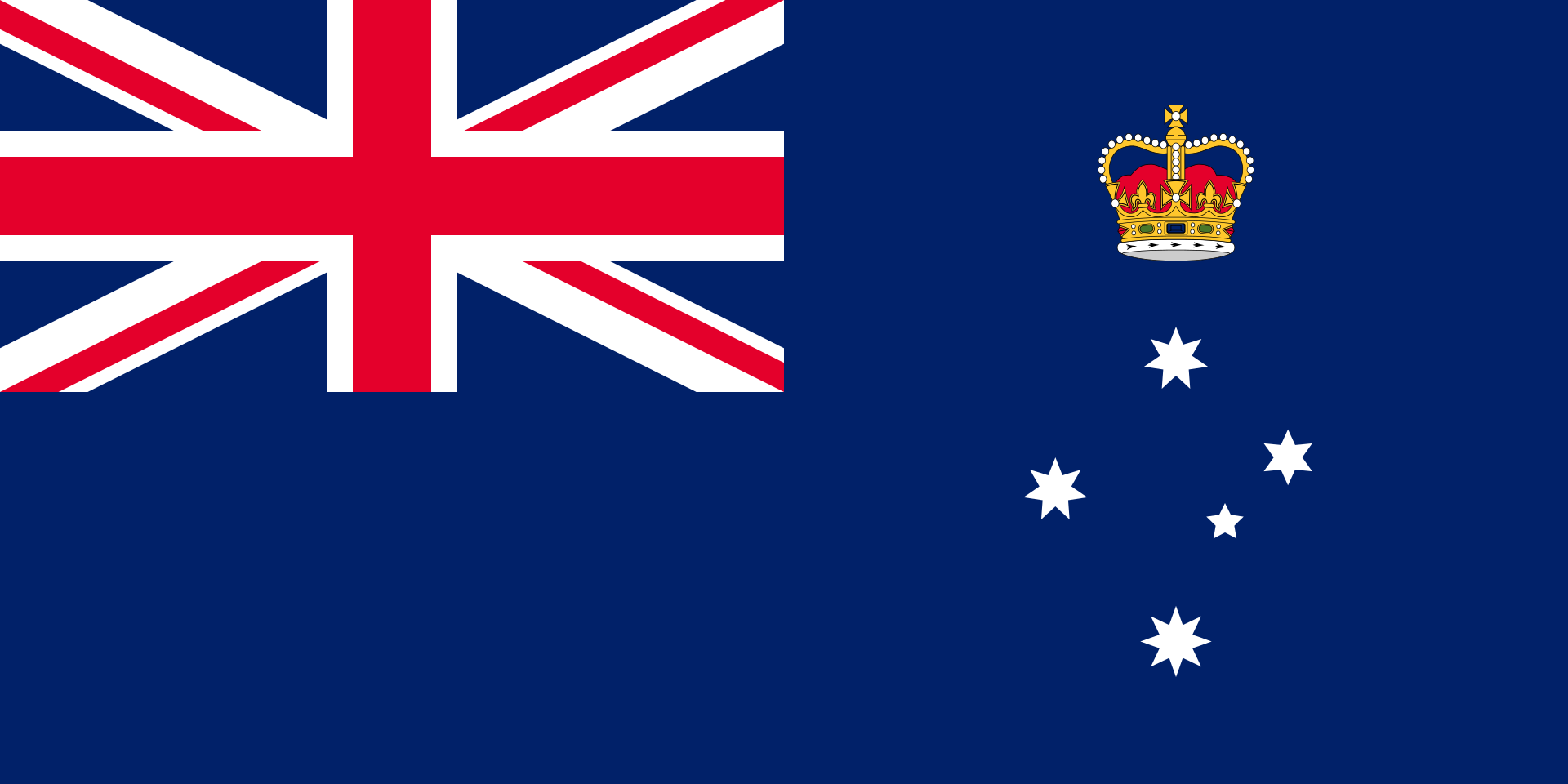Victoria
Australia
Joined the Under2 Coalition in 2016
State or regional governments publicly committed to achieving net zero emissions within their jurisdictions by 2050 or earlier
Member actions
Net Zero Target by 2050
Further, faster, together: 2030 commitments
Climate leadership showcase
Climate leadership showcase
How the VEU program works: Victorian Energy Upgrades is a government energy efficiency program. Households and businesses can receive rebates or discounts on energy-saving products. This helps cut power bills and reduce greenhouse gas emissions.
Every upgrade allows businesses under the Victorian Energy Upgrades program to generate Victorian Energy Efficiency Certificates (VEECs). Each certificate represents one tonne of greenhouse gas prevented from entering our atmosphere. Accredited providers then sell these certificates to energy retailers.
Victorian Renewable Energy Target: The Victorian Renewable Energy Target (VRET) is a legislated target of 50% renewable electricity by 2030. Victoria met its 2020 target and is on track to meet the 2025 target of 40% renewable generation. To help achieve the targets the Victorian Government is making significant investments, including $540 million for renewable energy zones, and conducting reverse auctions to bring online renewable energy capacity. The first VRET auction has delivered a combined 928 MW of new renewable capacity and has generated $1.1 billion of investment in Victoria.
The forthcoming second VRET reverse auction is expected to bring online at least 600 MW of new renewable energy capacity. The result of this process will make Victoria the first state in Australia to a to power all government operations with 100% renewable electricity by 2025, including all metropolitan trains and trams.
Solar Homes: The Victorian Government’s Solar Homes program will support 778,500 households to make the change to renewable energy and help build a decarbonised energy system. This $1.3 billion program offers rebates and interest free loans to households for solar panels, batteries and solar hot water systems. The ten year program was launched in August 2018 and in the period to March 2021 more than 785MW of solar panel capacity have been installed and 130,000 homes have been supported.
Household Energy Savings Program: The Victorian Government is investing $515 million to help make homes more energy efficient and support the transition to a smart, distributed energy system. This includes improving the energy efficiency of 35,000 social housing properties, providing energy efficient heating and cooling systems for 250,000 low income and vulnerable households, introducing minimum energy efficiency standards for rented homes, and expanding the Victorian Energy Upgrades program. Energy efficiency and demand management are vital to reducing emissions and building a smarter energy system. These and other measures will further accelerate the pace of change and will provide the important co-benefit of supporting low-income households who will save on energy bills.